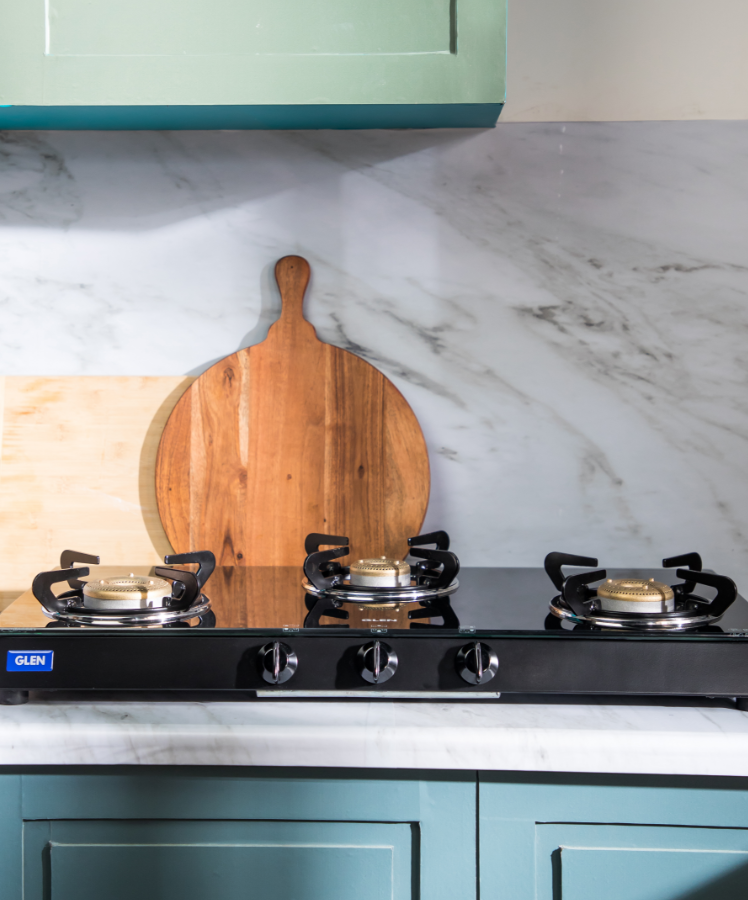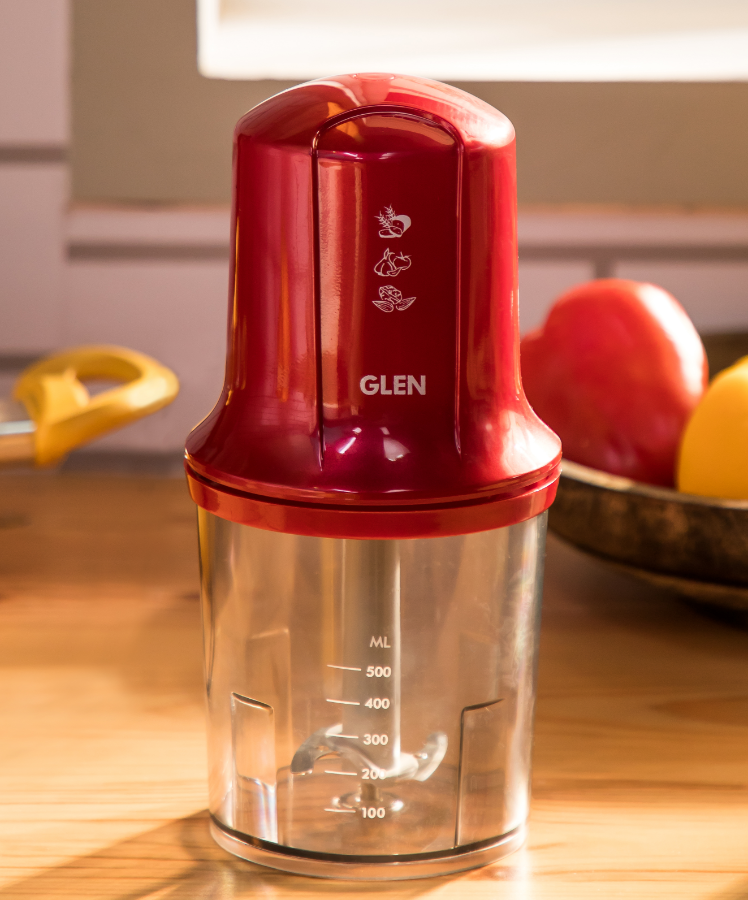
How Auto-Clean Technology Works in Kitchen Chimneys
Kitchen chimneys with auto-clean technology have this amazing feature by which an appliance from the inside automatically cleans. When you end up cooking your foods through that fire, however; oil, grease and smoke is produced which can gather in the...



















